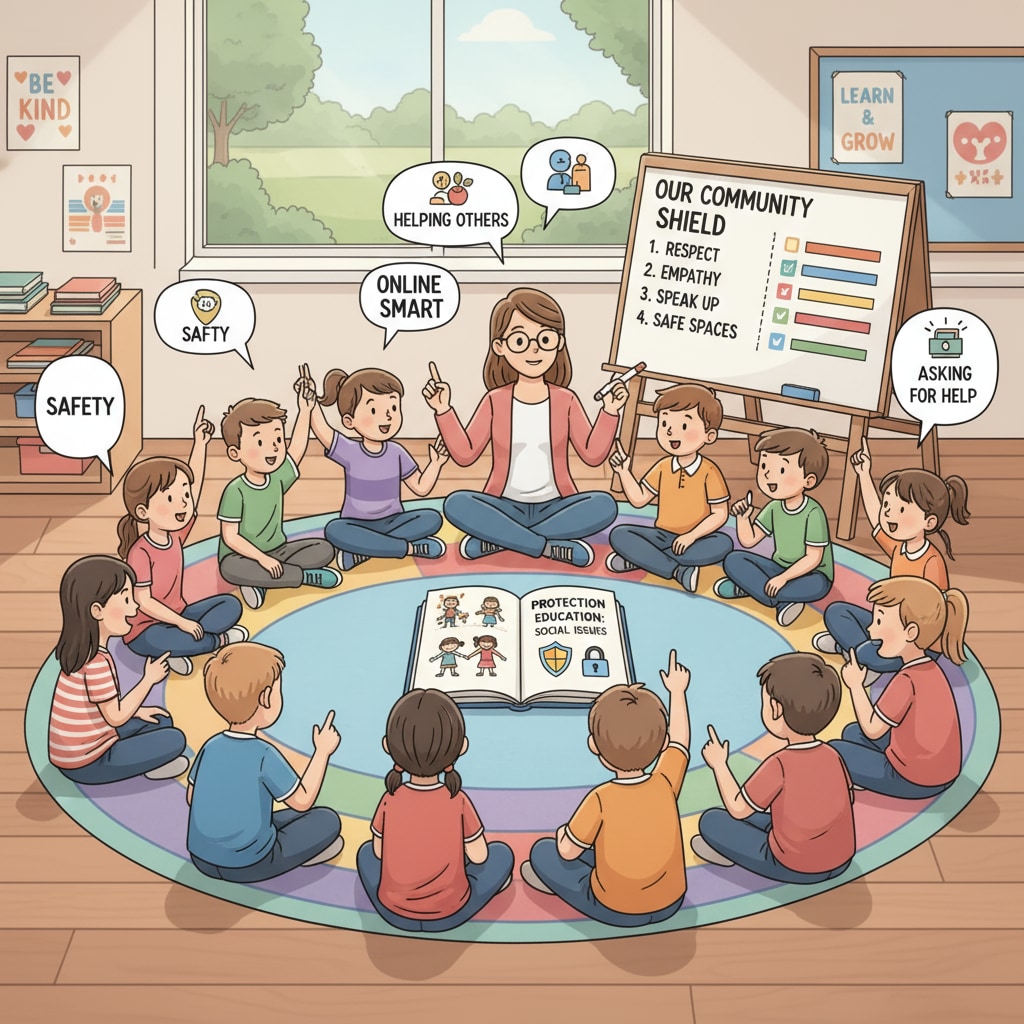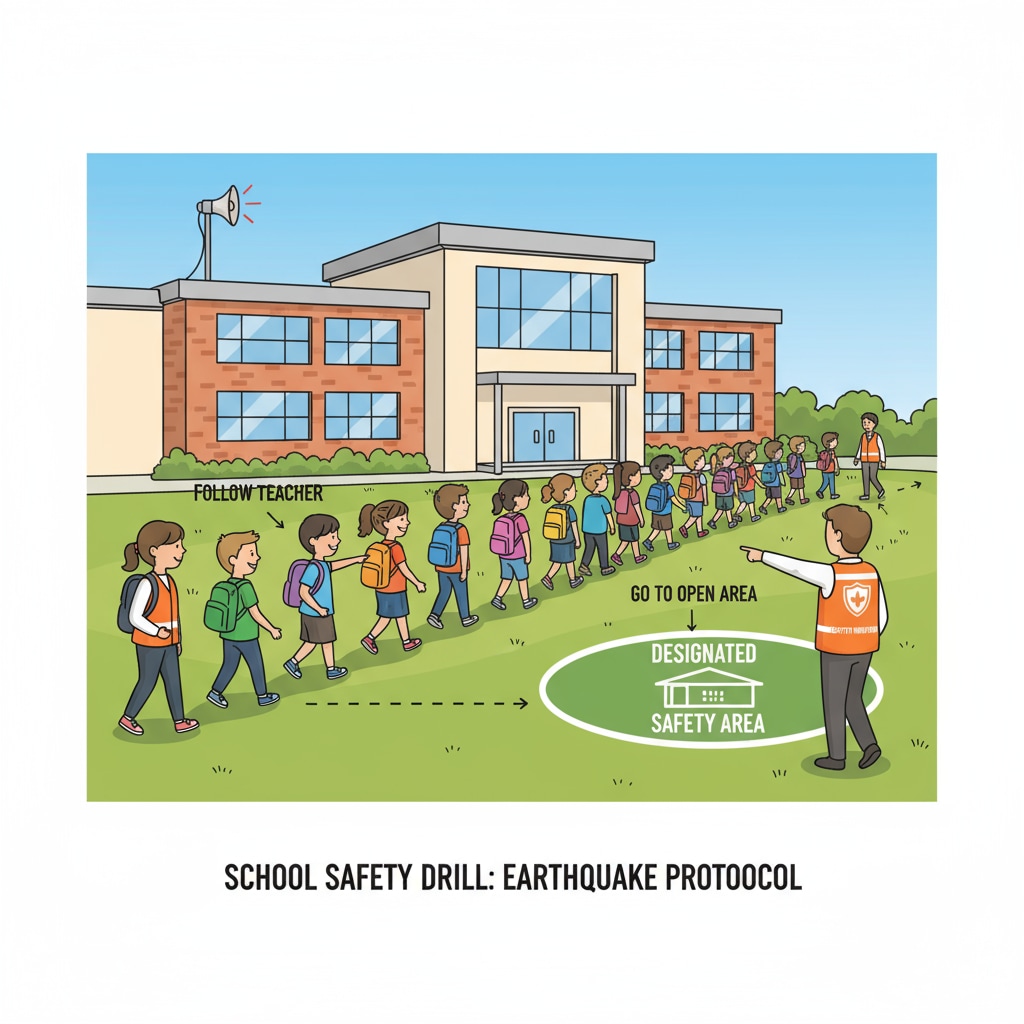The connection between protection education in K-12 schools, social change, and the development of students’ capabilities is a topic of increasing importance in the modern educational landscape. As the foundation of a child’s learning journey, K-12 education plays a crucial role in shaping not only academic knowledge but also the skills needed to navigate and contribute to a changing society. Protection education within this framework aims to safeguard students while also fostering their growth into active and innovative members of society.

The Current State of Protection Education in K-12 Schools
Currently, protection education in K-12 schools encompasses various aspects. It includes physical safety measures such as secure school environments, as well as emotional and psychological support systems. For example, many schools now have counselors on staff to help students deal with stress and interpersonal issues. However, in some cases, this protection has veered towards overprotection. Some schools overly restrict students’ activities to minimize risks, which may limit their exposure to real-world challenges. School Safety on Education Week

The Link Between Protection Education and Social Change Ability
The relationship between protection education in K-12 schools and social change ability is multi-faceted. On one hand, appropriate protection provides a safe space for students to learn and grow. When students feel secure, they are more likely to explore new ideas and take risks, which are essential for social innovation. On the other hand, excessive protection can stifle creativity and the ability to adapt to change. Students who are shielded from all challenges may lack the resilience and problem-solving skills needed to drive social change. Students and Social Change on NEA
To foster social change ability, K-12 schools need to find a balance. This involves providing protection while also presenting students with appropriate challenges. For instance, project-based learning that exposes students to real social problems can enhance their understanding of the world and their role in changing it. By working on these projects, students develop critical thinking, communication, and collaboration skills, all of which are vital for social change.
In conclusion, the role of protection education in K-12 schools in relation to social change cannot be underestimated. By achieving the right balance between protection and challenge, schools can nurture a generation of students who are not only well-protected but also equipped with the skills and mindset to drive positive social change. This is essential for the progress of society as a whole.
Readability guidance: The content uses short paragraphs to convey ideas clearly. Lists could be further incorporated in future expansions to better summarize key points. The proportion of passive语态 is kept low, and transition words like ‘however’, ‘on one hand’, ‘on the other hand’ are used to enhance the flow of the text.


